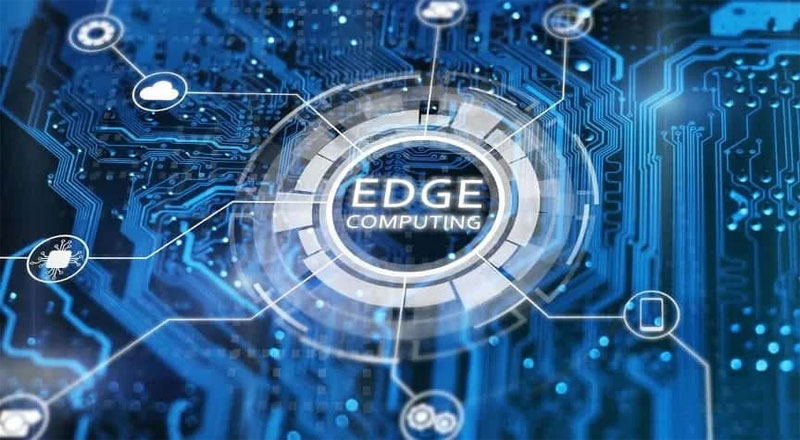The year 2020 has indeed been a year of transformation for everyone around the world. Businesses were forced to adapt to remote working models overnight. However, this sudden shift created many challenges, which needed to be addressed in order to maintain business continuity. To enable remote working, organizations rapidly adopted cloud services and applications. Earlier users ran their programs and applications from a server or a physical computer, however, now the same is being done through the adoption of cloud computing services.
Those organizations that had already realized the importance of cloud technology and had invested in it were able to swiftly transit into a new working model as their data was readily available for their employees to use. However, organizations that didn’t have a cloud-ready IT infrastructure, faced challenges. This shows that cloud-computing technology has the power of becoming a back door for all future disasters as well.
Hybrid Cloud Computing will take the center stage and the need for consistent operations and infrastructure across clouds is paramount, so organizations are quickly finding that hybrid cloud models are the right strategy when it comes to longer-term costs, scalability and security.
The pandemic has put us all into an Innovative mode. Businesses which were earlier reluctant to try out new technologies and work arrangements, have now started to rethink their strategy to innovate. As we transition into a mode of recovery, we can expect a rise in the adoption of On-demand cloud services. Through this, organizations will be able to receive the benefits of cloud computing that will allow them to develop, manage and deliver applications while giving them control over their IT spending. We will also witness hybrid cloud computing taking the center stage and providing consistent operations and infrastructure across multiple cloud environments. To conclude, we expect businesses to venture out and combine the services of IoT, Big Data and cloud computing to help make their business processes simpler, improve the quality of their outcome and maintain business continuity.
Integration of Cloud Computing, Big Data, and IoT services: With the changing IT landscape, businesses are trying to venture out and combine services, which will help, make their processes simpler. In the coming days, future, one such combination of services and technology that we can foresee is the combination of IoT services, Big Data and cloud computing. Here, cloud computing will play the role of a common workplace for IoT, the source of data and big data as a technology is the analytic platform of the data.
To continue with this pace of transformation and be future-ready, an organization must invest in the right cloud computing strategy, as per the needs of the business. Edge computing is a distributed information technology (IT) architecture in which client data is processed at the periphery of the network, as close to the originating source as possible. The move toward edge computing is driven by mobile computing, the decreasing cost of computer components and the sheer number of networked devices in the internet of things (IoT).





